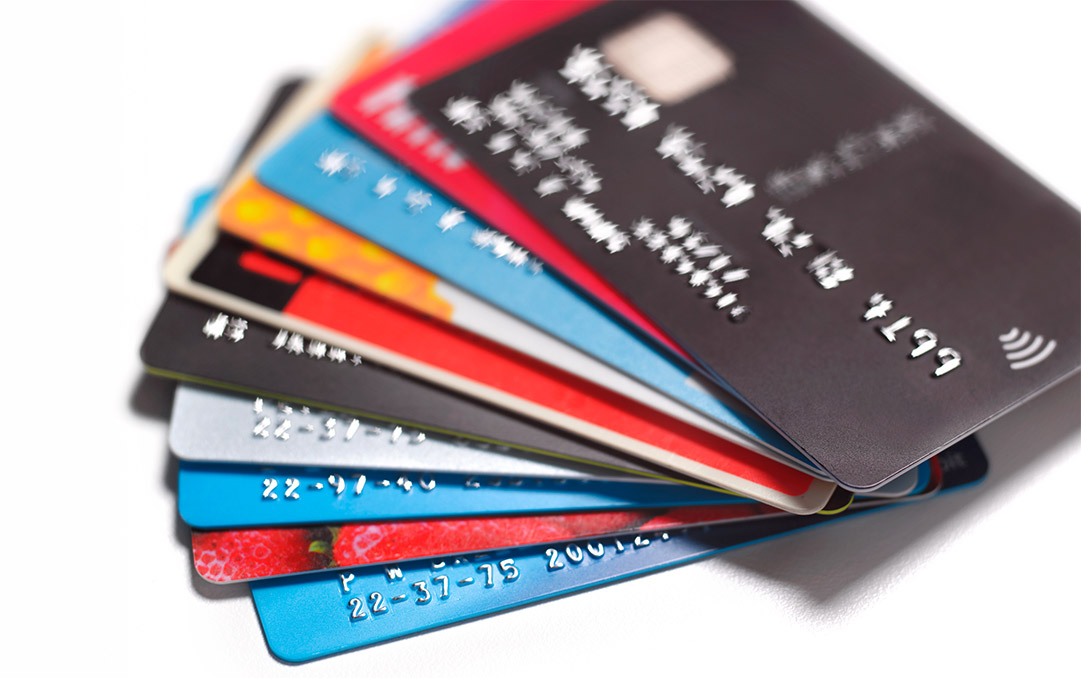Jim Signorelli is the author of “StoryBranding“. I love the way he makes the distinction between the classic marketing idea of “unique selling proposition” and the modern meaningful branding concept, “unique value proposition”.
USP’s (a “plot line” in StoryBranding)
Continue reading “From USP’s to Shared Beliefs: The Next Stage of Branding”









